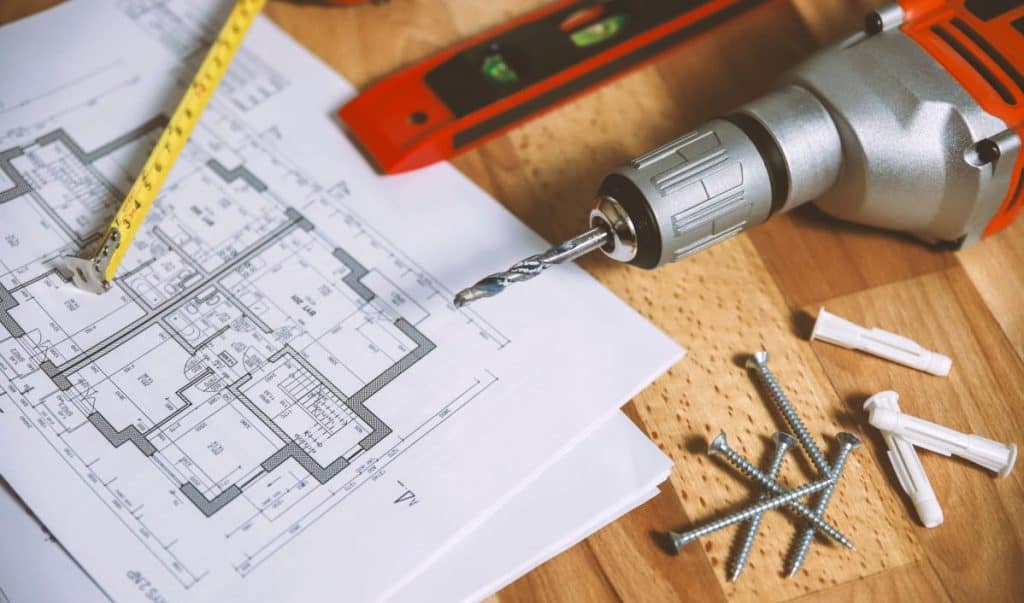You have dreamed about your perfect home. Plans were drawn by an architect, and you have the building consent in hand. The budget you have envisaged, matches the quote from your carefully selected builder, who provided you with a schedule that matches your expectations. With a satisfying legal contract in place, all the bases are covered, everything should fall into place, and in due course, you will have your dream home.
Even though all stakeholders in a project will do a splendid job and will be professional, mistakes and oversights can and will happen. Here are a few real-life examples to consider.
Situation 1: A master bedroom with an ensuite and a family bathroom was to be added to the existing house. Keeping the floor level, the same throughout the whole house. The project was quoted accordingly using the Council approved Plans and Specifications. However, once the work was due to start, it was discovered the addition, as indicated on the plans, would be 1.8m below the required floor level. This meant that the project once completed, would not be the dream the client envisaged.
Situation 2: By moving a bathroom to a different area of the house, the client wanted to create a big open plan living, area by joining three rooms. With all the paperwork done, plans approved and consented, the work could start. It was soon discovered that one of the walls could not be removed as it was a load bearing wall. Removing this wall, would cause the roof to collapse.
Situation 3: With the building process well on its way and the “Lockup” milestone reached, the time had come for the electrical wiring, data cables, water pipes and ventilation ducting to be installed. However, this could not be done, as cutting adequate size holes into two of the load bearing beams would seriously jeopardise the structure of the house.
To solve these problems, the owners had to get architects, engineers, contractors involved. These owners were confronted with unwanted added costs and considered additional bank loans or sale of their home upon completion.
Situation 4: After getting plans, drawn and launching them to obtain a building consent, the owner decided to get quotes from various builders. Receiving several quotes, the owner was curious about the difference in cost. The answer was straightforward. By building a digital representation of the building project, the design could be tested. Two design errors in different parts of the project was discovered. Allowances for these errors were made together with the total materials’ quantities, cost and time of the project. The more expensive quote was proven to be the realistic one, as all items and work required was clearly demonstrated and qualified. Because the problem areas were identified with the financial and time implications detailed, the owner could make design-adjustments to keep his budget on track with realistic visualisation of the end product.
5 Advantages of Visualising Your Project Before Any Physical Work Is Done
- Costly variations to the owners can be minimised or avoided. The virtual building digitally shows the physical structure, such as the foundations, floors, walls, windows, doors, stairs, cladding etc. This realistic virtual presentation enable assessment of the design for clash detection and resolution before any building starts. The risk element of plumbing, gas lines, electrical wires, data lines or ducts clashing with one another or with the structural design of the building are minimised.
- The owner is provided with a detailed workflow of the project. All stakeholders can clearly identify their tasks in the virtual model. They create a logical workflow order. This workflow of the entire construction process can then be tested through animations. The result is better schedules, site layouts and logistical planning with a general improvement in productivity.
- The traditional way of costing a building project on historical data, square meter rates or rough estimates, causes major budget blow outs on more than 40% of building projects. This financially stressful situation is avoided through a process where the virtual model and the detailed workflow are combined and simulated, to generate a sound, evidence-based financial representation of the project.
- Using cloud-based software, owners can access the virtual model of their project on any device of their choice. Through this exciting feature, owners can visualise and understand the building cycle. This gives them the advantage of making timely decisions.
- Another huge advantage of the virtual model aids owners when later maintenance is needed. The detail in the virtual model makes it easier to locate and understand what is within the roof and walls and underneath the floor.
The idea of a virtual model was conceptualised in the 1970’s but really first used in 1985. Since then, software and technology have dramatically evolved. Professional builders who adopted these systems and software provide a better quality of work, offer their clients peace of mind through consistent communication and deliver value for money.

